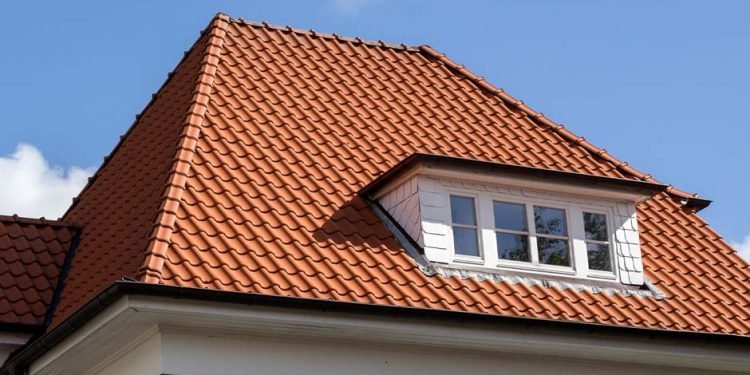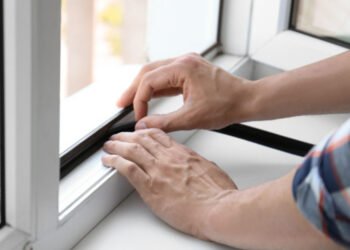“Aye yai yai!” That might be your exclamation upon noticing the state of your roof in the wake of an extreme weather condition like a hurricane, blizzard, hail storm, or tornado. These events can cause significant damage if you’re unprepared, leading to unexpected and usually costly repairs.
But does that mean you should resign to fate or let nature run its course? No! You can do a lot to avert or limit damage to your roof. For instance, it pays to ensure your roof is professionally installed.
Thus, if you’re hunting for an experienced roofing company eager to exceed your expectations at a hard-to-beat price point, try AlphaOne Exteriors – a firm deeply embedded in the Dayton, OH, community and well-recognized for its commitment to excellence. Some of the firm’s pro tips below can help your roof weather the storm – if Mother Nature shows her other side.
1. Make Repairs Beforehand
A stitch in time…so goes the adage. Before a storm hits, ensure your roof can withstand it. Simply put, your roof should be in top condition before extreme weather strikes.
Generally, this entails inspecting it for damage or needed repairs. If some tiles are loose or the shingles are worn down, get these issues sorted out before a storm worsens the issues.
The idea is to prevent water or the wind from sneaking in through the cracks or weak spots. If you can’t make all the repairs in time, at least tackle the major issues that could result in severe damage when a storm arrives.
2. Clear the Gutters and Downspouts
The gutter system is intended to catch rainwater and then funnel it away from the house. But if your gutters are clogged, they won’t do their job efficiently, allowing rainwater and debris to build up on your roof and possibly cause damage. For instance, ice dams can form on the roof’s edge if water isn’t properly directed away from your house.
If you’re expecting an imminent storm, clear dirt, and debris from your gutters for proper drainage. Sure, it’s a simple task, but it could save you a pretty penny later. Alternatively, install gutter guards to prevent debris from entering the gutter system and reduce the need to clean them regularly.
3. Secure Outdoor Objects
Once a storm rolls in, debris and strong winds can wreak havoc on outdoor furniture, decorations, or other objects near your roof and around your home. Plus, the wind can turn such objects into projectiles, causing significant damage to your home.
If you can’t bring them indoors, secure them down using rope, bungee cords, or other items. And while some objects might appear heavy, ferocious winds can easily blow them away as though they were rag dolls. For instance, that fancy metal outdoor table might look sturdy but won’t stand a chance against the wind if it isn’t secured.
4. Trim Your Trees
Eliminate branches that could fall on your roof during a storm. This might mean uprooting entire trees around your house or trimming them – a task best left to a professional.
Overgrown trees near a roof can also block sunlight, allowing moss to form and damage your roof. Similarly, consider removing weak, old, dying, or dead trees as they can collapse during extreme weather conditions, leading to significant damage. That said, avoid doing so once the storm hits, as the tree could tip over while being trimmed.
5. Use Hurricane Straps
Hurricanes produce incredibly strong winds that may rip off shingles and blow off an entire roof. To minimize the chances of such an occurrence, have your roofer install hurricane straps, which attach the roof to the walls. This way, your roof stands a better chance of surviving a whirlwind.
6. Insure Your Property
Your capacity is limited to the much you can think of doing to safeguard your roof. In other words, some aspects are beyond our control.
Hence, ensure your property is adequately insured while taking all the necessary safety measures. Since most policies don’t cover damages caused by extreme weather, consider buying an additional policy for such cases. In so doing, you won’t incur high roof repair or replacement costs if a storm damages it. You may also reach out to your go-to insurance agent for advice and assistance in selecting an ideal plan.
Storms can be unpredictable, meaning you should prepare for the worst, even as you hope for the opposite. Thus, by being proactive and taking the steps above, you can protect your roof and avoid complications following a severe weather event. Your go-to roofing contractor can also provide location-specific tips to safeguard your roof against adverse weather.












